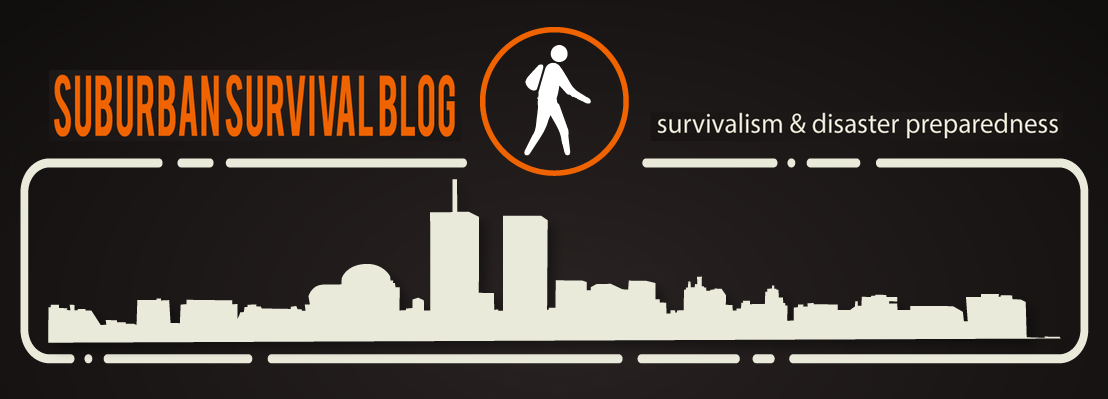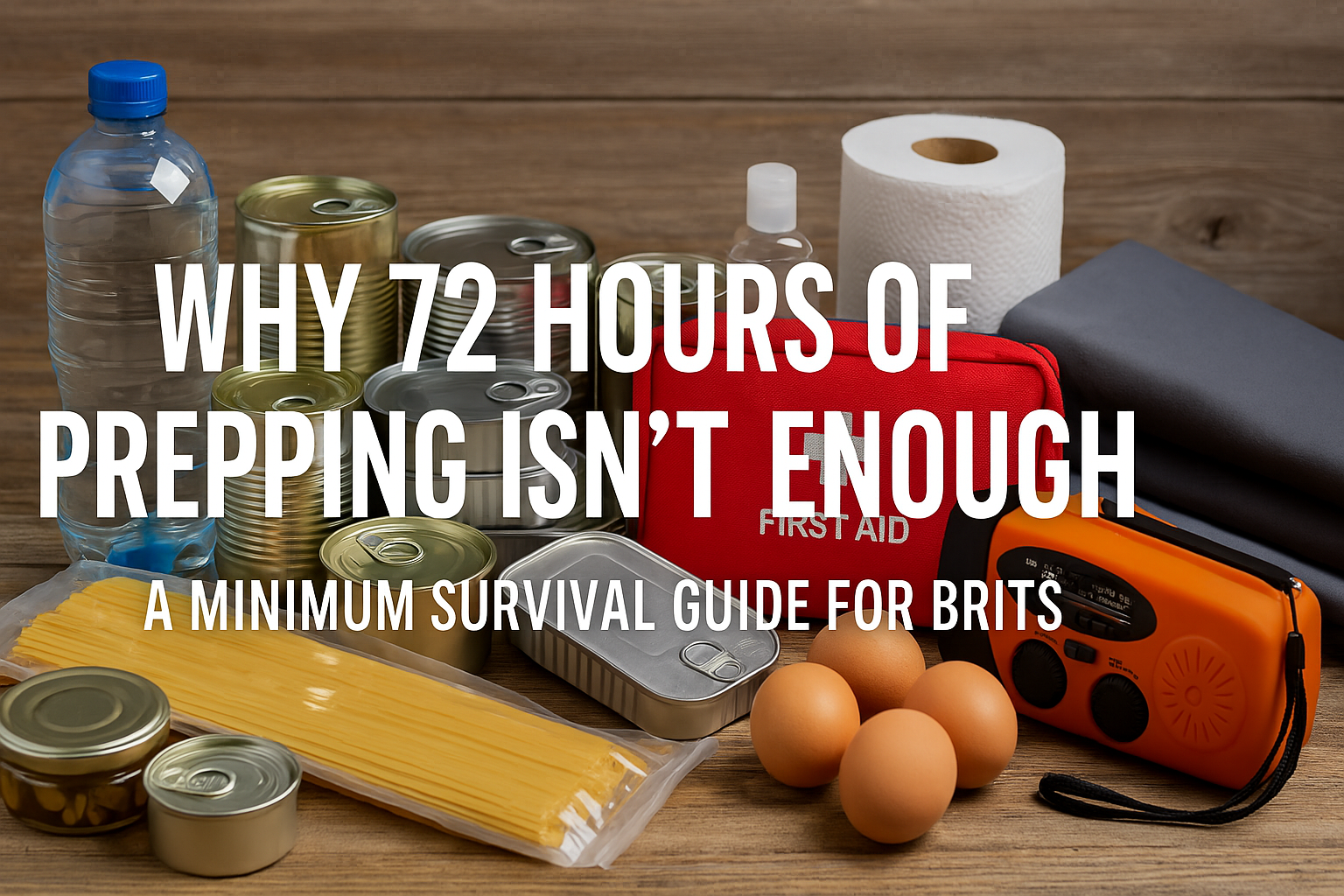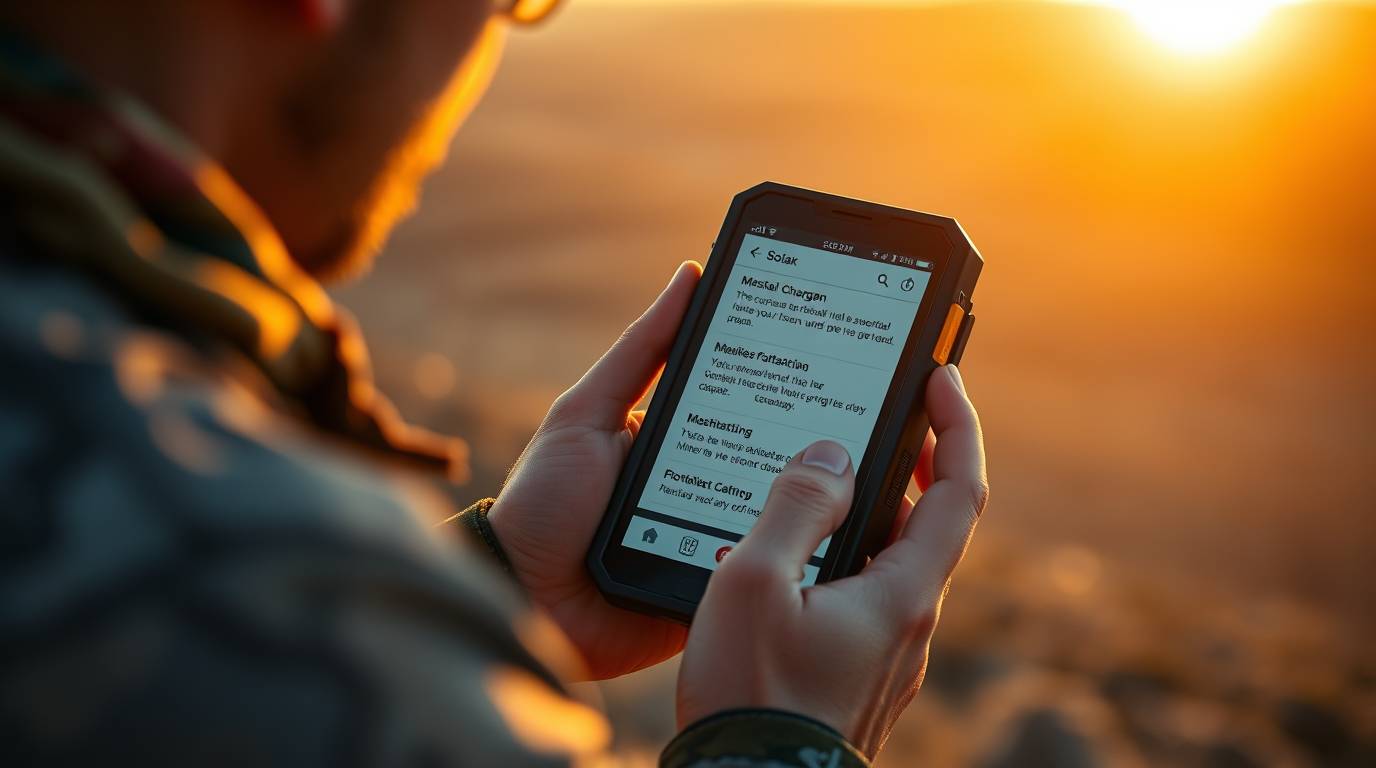In a grid down situation where water service is interrupted or otherwise is in short supply, you will still need a source of clean water for drinking, cooking, bathing etc. If you live in a small home or have some other storage issues for large amounts of portable water, you may have to look at unconventional sources. The top tank of your toilets are one such source; the tank is clean, fresh water and has not been contaminated like the water in the bowl has been with human waste (however, do NOT use toilet tank water if you have treated the tank with a chemical that makes cleaning the bowl easier). Another much larger source is your water heater and the steps below will teach you how to safely obtain this water. This is assuming, of course, you don’t have a tankless water heater; in that case you can still empty the lines of your home of existing water but you will only be able to get a small amount compared to the 30–50 gallons you will be able to obtain from a water heater (depending on the size of the tank). Follow the steps below and you will have a rather large source of potable water.
1. Turn off the water supply to your house so that you can capture all the clean water in the pipes with little fear of contamination from tainted water from the community service lines.
 2. Turn off the water heater (if its a gas water heater its best to turn off the gas supply to the heater for safety reasons).
2. Turn off the water heater (if its a gas water heater its best to turn off the gas supply to the heater for safety reasons).
3. Allow the water to cool; depending on the size of the water heater, this could take several hours. A way to verify the water is safe to touch is to open the pressure release valve into a bucket and cautiously check the water temperature in the bucket.
4. Optional: Screw a shutoff valve onto the drain valve of the water heater. This isnt necessary but depending on the water heater valve, can make the process easier (and safer). Screw a short length of hose to the end of the valve if it is too low to get a bucket or bowl underneath.
5. Open the drain valve into a clean bucket or large bowl to collect clean, potable water (note that the bucket/bowl need not be clean if you plan on purifying the water after with bleach or by boiling). The water won’t flow well from the water heater because of the vacuum created by opening the lowest point of a closed system (think of a full 2 liter soda bottle held upside down). Prior to opening the water heater valve, you can open a faucet at the highest point of the house to alleviate this vacuum effect or, a much better/easier idea, you can use the pressure relief valve on the water heater.
6. When you’re done, close the valve on the water heater (or the backup valve you’ve installed).
You may hear gurgling sounds in the water lines in your house after emptying water from a water heater. This is totally normal, air is making its way through the lines (to the highest point in the system). When/if water service is reconnected to the house, you will probably have air coming out of your faucets for a short time as the system refills with water… again perfectly normal.








